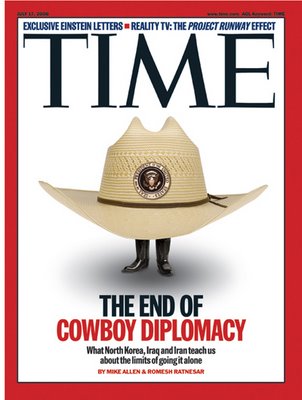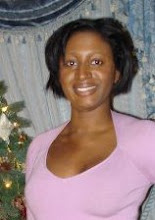Time Magazine's Shame

In this week's issue of Time Magazine there is an article entitled "A Soldier's Shame" written by Julie Shaw and Aparisim Ghosh which details the rape and murder of a 15 year old Iraqi girl as well as the murder of her parents and 7 year old sister at the hands of a 21 year old U.S. soldier from Texas named Steven Green. The very beginning of the article reads as such,
"Family members describe Abeer Qasim Hamza al-Janabi as tall for her age, skinny, but not eye-catchingly beautiful. As one of her uncles put it, 'She was an ordinary girl.' So perhaps it was sheer proximity that made the 15 year old so tantalizing".
After I read this part, I paused in shock and anger. I couldn't understand why how she looked made a difference. Why begin the article with a statement that the young woman who was so tortuously brutalized was not beautiful!!! As if being beautiful made it more "understandable" for a woman to be raped. Or worse yet, as if not being beautiful, but available, offered a plausible explanation as to why a man would rape a woman that was deemed "not attractive."
In Helen Benedict's 1992 book Virgin or Vamp: How the Press Covers Sex Crimes she identifies 8 factors that lead the press and the public to blame victims for rape, thereby positioning her in the role of the vamp:
"7. If she is pretty. (Studies have found that although people tend to be biased against attractive rape victims, they are biased in favor of attractive assailants. The idea is that an attractive man does not need to rape because he can get all the women he wants, a reflection of the 'assailants are motivated by lust' myth. "
So the level of attractiveness (of both the victim and the assailant) has been shown to make a difference in the press and public's reponse to rape. I made the decision to read the rest of the article which discussed how Steve Green first ogled, stalked and then raped/murdered the young girl and her family while her brothers were at school. But the way the primary author (who was a woman) chose to begin the article, remained disturbing. Why is it that women are always being positioned in relation to men, particularly how men see them, rather than as separate individuals. Benedict further stipulates that,
- " There are more words for men that women"
- "There are more positive words for men than women"
- "There are 220 words for a sexually promiscuous female and only twenty for a promiscuous male"
So with this being the state of how women who are raped are covered in the press, it would be logical to deduce that an article would begin this way. Still, I was disturbed at why this level of discourse was pertinent to the young girl being raped. The obnly discourse in the article about the young girl related to her attractiveness as descirbed by her surviving male relatives and her positioning as an object of the lust of Steve Green. I thought about writing Time with my ideas but then I wondered if it would do any good. What is the best way to protest this kind of press verbage in a way that reaches the most people, in the greatest amount of time? Maybe I'll write an article about it...
cap-a-pie -- adv: From head to foot; at all points
"America is the only country that went from barbarism to decadence without civilization in between"
--- Oscar Wilde


0 Comments:
Enregistrer un commentaire
<< Home